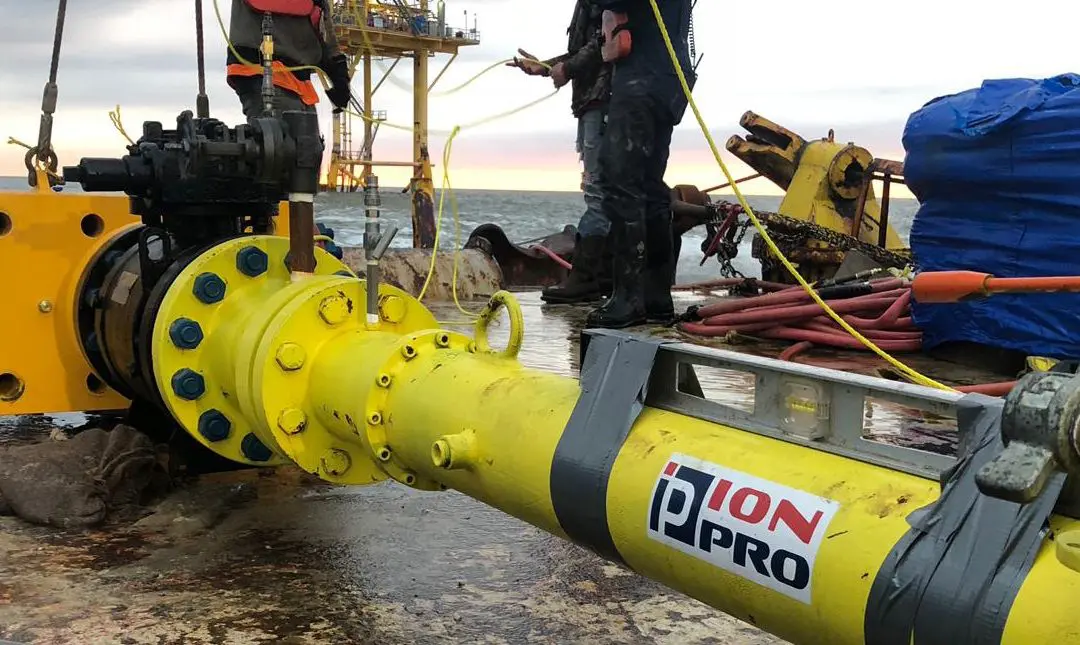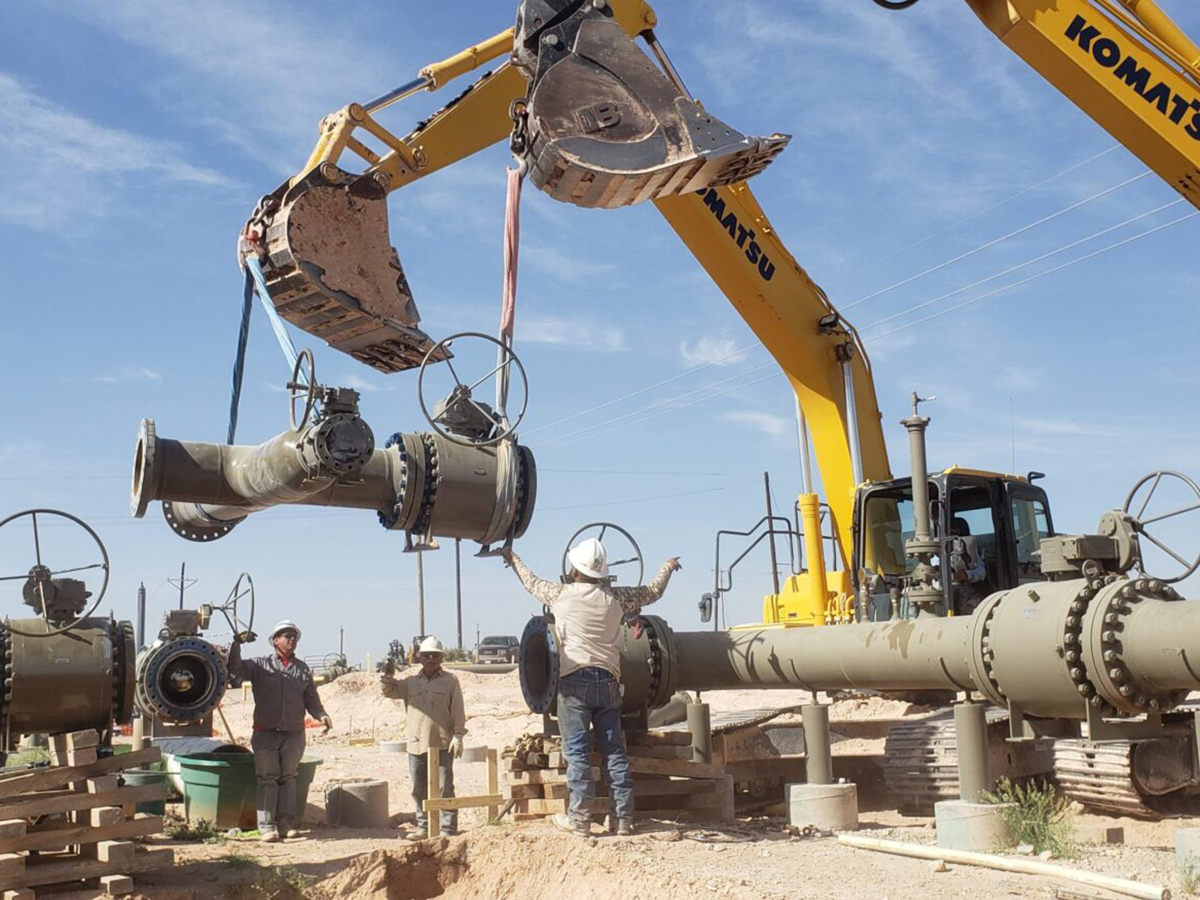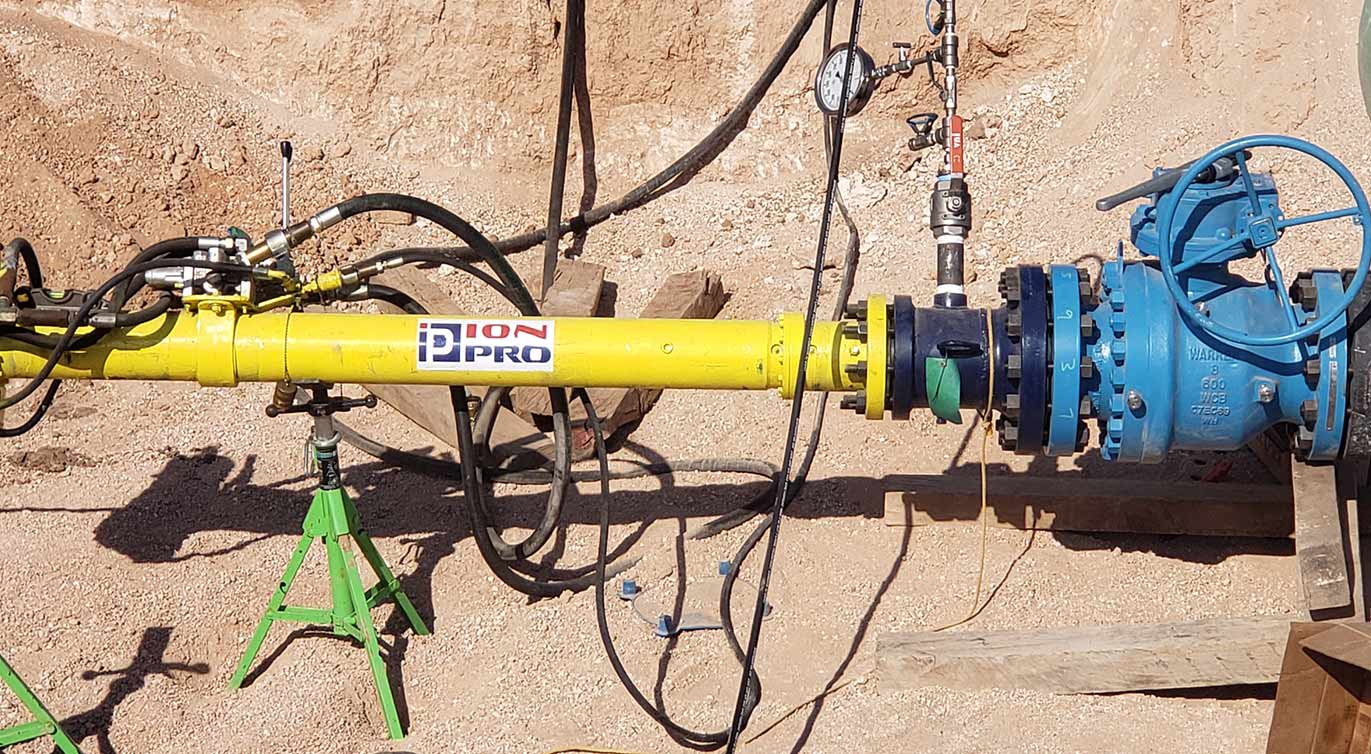Plugging Methods For In-Service Pipelines
Pipelines, over decades, have established themselves as the transportation of choice to offer a safe, reliable way to transport a multitude of products. The reliance we place on pipelines as a transportation system has also accentuated the uptime requirement for these pipeline systems.
Plugging Methods For In-Service Pipelines Read More »



